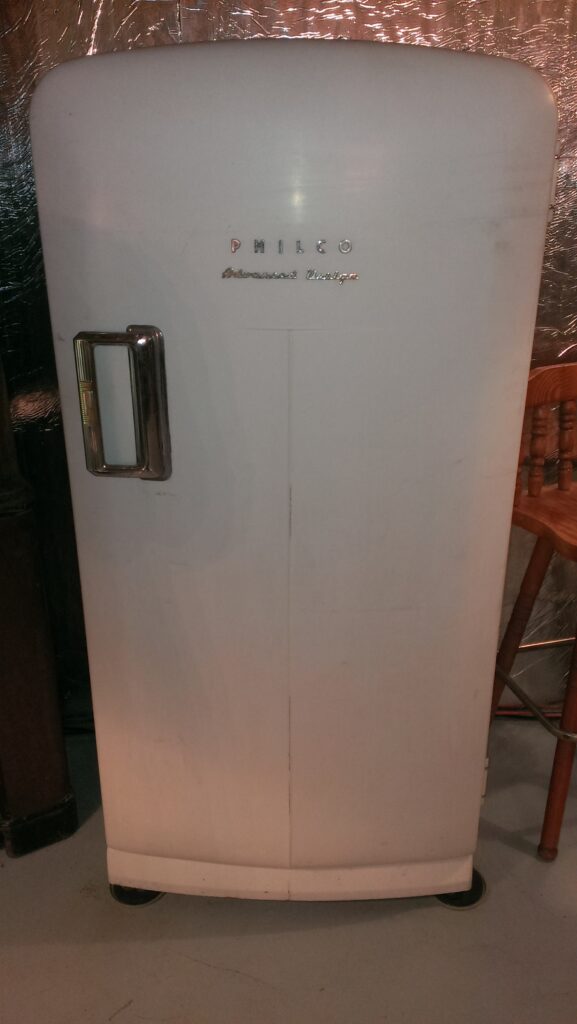Analogy:
- Top-of-the-line when originally purchased.
- No longer supported by the Manufacturer.
- Your sales rep has retired or is working for another vendor.
- Replacement parts are rebuilt and have to be bought on eBay.
- Proprietary hardware parts.
- It still works great and just sits there and hums away doing a very specific job.
- Limited capabilities with little or no opportunity to add new features or enhance.
- It is an appliance.
This is a picture of a 1950 Philco Refrigerator, “Advanced Design”.

Here’s the Real Story: Is it time to retire your Legacy CTI Technology?
Contact center technology is ever evolving to meet the rapidly changing demands of consumers and businesses. Computer Telephony Integration (CTI) – used to be the most advanced technology for managing customer interactions but is now the latest technology facing end-of-life retirement. It has become an outdated technology that is actually limiting contact centers from satisfying customers with today’s multi-channel role based single routing engine requirements. It is time to say goodbye to hardware CTI. Proprietary Hardware based CTI is limiting the control, choice, and flexibility that contact centers need in this new Omni-Channel world. It creates numerous business challenges for companies – in particular, the IT department – requiring a heavy investment of time, money, and resources to integrate applications from multiple, siloed products to make it useful to the business and produce great CX.
Original proprietary hardware vendors designed their products to limit other vendors and lacks enablement of open technologies. CTI has delivered some productivity gains over the years, but at a steep cost with ever declining value. CTI’s benefits have been limited to the narrow market segment of large enterprises that have the money and development staff to handle complex software integration projects, both initially and ongoing, because of the costly change management that comes with frequent technology updates for individual point solutions.
Hardware CTI is way past its prime, and economic pressures or other priorities may have led you to delay its replacement. But there comes a point in time when continuing to sweat your CTI asset no longer makes sense—from both a financial perspective and a business/productivity perspective.
Retaining outdated equipment as discussed can essentially increase your IT costs and prevent your business from taking the next steps in evolving your CX which puts your company at risk. Yet for some, the prevailing practice is to continue operating the existing system well past its useful life and beyond end-of-support.
We often hear the following reasons to avoid reinvesting:
- We don’t have the budget, or there is a higher priority budgetary request.
- IT can build our own.
- The lifespan on the last CTI was too short.
- We’re afraid that if we upgrade tomorrow, something better will come out next week.
- We’re unclear on our Omni-Channel / Unified Communications strategy.
- We are waiting to see if Cloud becomes main-stream.
- The buying cycle is too long, and we will have to get too many people involved who will all have different opinions.
- We don’t know which approach to take—i.e. premises, hybrid, or cloud-based.
- It is out of sight and out of mind to my management – I can’t get it prioritized.
In closing please consider that you have probably squeezed every drop of value you can out of your existing CTI platform. At this point you may be hurting your business by not having the infrastructure to move forward with more advanced capabilities. Hardware based proprietary CTI has reached EOL and it is time to reinvest in open software based solutions that support Great CX.
